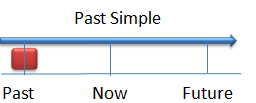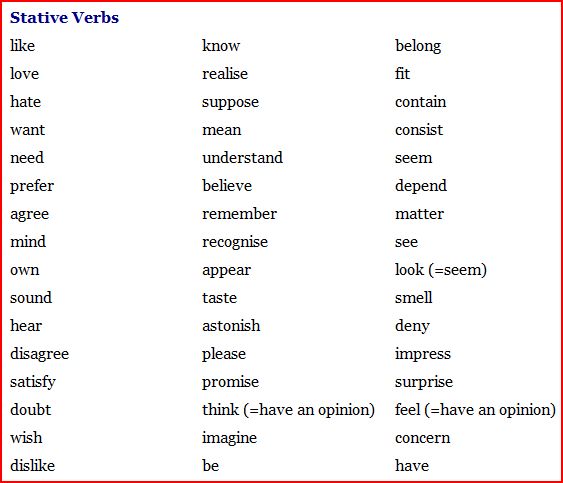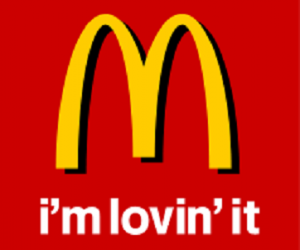Este tipo de verbos, denominados estáticos, hacen referencia a situaciones y estados, no aactividades. Se oponen a los dinámicos (dynamic) en que éstos sí indican acción.
¿Y por qué es importante distinguirlos?
Pues porque los
stative verbs NO se usan en la
forma continua. Y cuando digo forma continua, me refiero a todos esos tiempos verbales que toman la forma en
–ing para su formación (
presente continuo, pasado continuo, futuro continuo…) Es decir:
“Now”: Recordemos que este
adverbio de tiempo estaba ligado al uso del
presente continuo. Pues bien, el adverbio me indica que, en teoría, debería emplear el presente continuo
PERO el verbo que se está empleando,
“want”, pertenece a la
lista de los verbos estáticos. Por lo tanto, tendré que decantarme por su forma en
presente simple. De ahí que veamos en la oración del ejemplo “
I want” y
no “
I’m wanting”.
Así que, para evitar cometer errores, deberíamos conocer qué verbos incluimos en el listado de estáticos:
Lista de los STATIVE VERBS más comunes
En el enlace que os adjunto de
Perfect English Grammar podéis encontrar una
lista muy completa en
PDF de los
verbos estáticos:
Stative Verbs LIST.
Para facilitaros las cosas a la hora de estudiar estos verbos los divido en:
1.Verbos de estado
Son ese tipo de verbos que expresan opiniones, acuerdo/desacuerdo y estados mentales :
Think, believe, agree, disagree, know, mean, understand, feel, doubt, depend, remember, seem, look(=parecer), appear, concern, …
- Yes, I understand it now!
¡Sí, ahora lo entiendo! NO Yes, I’m understanding it now.
2.Verbos que expresan gustos
Like, dislike, love, hate y prefer…
- I don´t like horror films
No me gustan las pelis de miedo
3.Verbos de percepción (los de los 5 sentidos)
See, hear, sound, smell, taste, imagine, recognize…
Esta comida sabe bien
4.Verbos de posesión
Have, own, possess, belong…
- This book belongs to Peter
Ese libro pertenece a Peter
5.Verbos que expresan necesidad
Need, want, wish, …
Necesito ayuda
6.Verbos que indican medida
Weigh, contain, …
- This bottle contains milk
Esta botella contiene leche
Mixtos
Hay verbos MIXTOS, es decir, pueden ser tanto estáticos como dinámicos: have, think, see, taste, smell y be.
Veámoslos con ejemplos:
- You have a beautiful house–>Tienes una casa preciosa
- I’m having a lot of fun–>Me lo estoy pasando muy bien
- I think you are wrong–>Pienso que estás equivocado
- What are you thinking?–>¿En qué estás pensando?
- I see your point of view–>Entiendo tu punto de vista
- I’m seeing the doctor this afternoon–>Veré al médico esta tarde
- This soup tastes good–>Esta sopa sabe bien
- I’m tasting the soup to check the salt–>Estoy probando la sopa para comprobar la sal
Con el verbo to be
Es un grosero—-Se refiere a una característica de su personalidad. Es su uso estático.
Está siendo grosero—-No es que sea una característica habitual en él, pero ahora está comportándose de ese modo. Por lo tanto no sería un uso estático del verbo.
“I’m loving it!”
Os suena, ¿verdad?
Pues sí, se trata del archiconocido eslogan de la famosísima cadena norteamericana de comida rápida. Muchos pensaréis, pues es cierto…”love” es de los estáticos. Ni siquiera forma parte de los mixtos.
Entonces, ¿por qué el uso en su forma continua?
Pues en cierto modo, digamos que el marketing está por encima de las reglas gramaticales. Este uso intenta resaltar básicamente la idea de su comida te encanta, la disfrutas y la estás disfrutando ahora, y siempre.
Sería un uso informal, al margen de la gramaticalidad. Y, para darle ese valor durativo al verbo “love”, lo emplean en su forma continua. Pero, repito, es solo cuestión de marketing…;)
Este artículo ha sido escrito por la colaboradora Amelia Sánchez.













